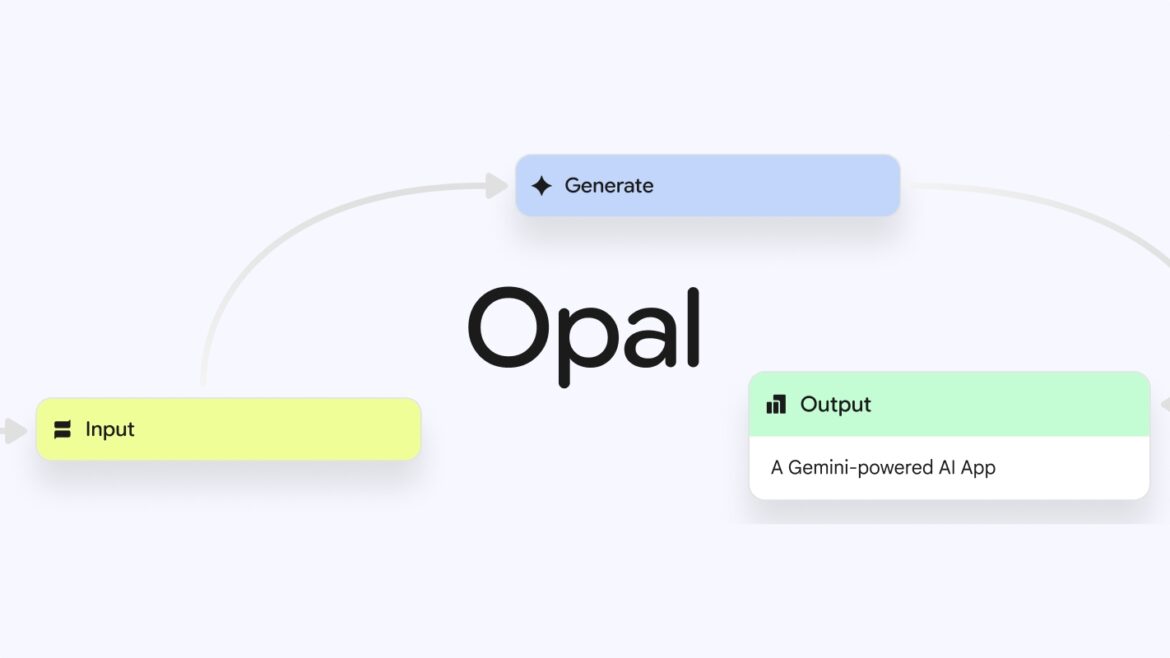Google Launches Its AI Vibe-Coding App “Opal” in 15 More Countries
Google’s AI-powered app builder, Opal, is going global. The tech giant has announced that its no-code “vibe-coding” tool is now available in 15 additional countries, opening creative doors for developers and non-technical creators worldwide.
The newly added countries include Canada, India, Japan, South Korea, Vietnam, Indonesia, Brazil, Singapore, Colombia, El Salvador, Costa Rica, Panamá, Honduras, Argentina, and Pakistan.
What Is Opal?
Opal is an experimental app from Google Labs that lets users create mini web apps using natural language prompts — no coding skills required.
You simply describe what you want the app to do (for example, “Create a to-do list that sorts my tasks by priority”), and Opal uses Google’s AI models to build it automatically.
Once generated, you can open the editor panel to customize your app’s structure — adjusting inputs, outputs, and generation steps in a visual workflow interface.
Each step is editable, allowing users to tweak prompts or manually add new logic using Opal’s built-in toolbar. When ready, you can publish your app online and share it via a link so others can test it using their Google accounts.
Google’s Vision: Turning Ideas into Apps Instantly
According to Megan Li, Senior Product Manager at Google Labs, the global rollout was inspired by the unexpected creativity of U.S. users.
“We didn’t expect the surge of sophisticated, practical and highly creative Opal apps we got instead,” said Li. “The ingenuity of these early adopters made one thing clear: we need to get Opal into the hands of more creators globally.”
Originally launched in the U.S. in July 2025, Opal quickly gained traction among creators who used it to design productivity tools, creative assistants, and lightweight AI utilities — all through text-based instructions.
New Improvements in Opal
Alongside the expansion, Google announced major upgrades to Opal’s performance and usability:
1. Smarter Debugging (Still No-Code)
Users can now debug workflows visually, running apps step by step within the editor.
Errors appear directly at the point they occur — providing instant context and making troubleshooting much faster, without needing to dive into code.
2. Faster Performance
Previously, creating a new Opal could take up to five seconds or more. Google says it’s significantly reduced that time to make app creation feel instant.
3. Parallel Step Execution
Opal now supports parallel processing, meaning complex apps with multiple actions can run steps simultaneously.
This makes it possible to create more dynamic, multi-layered workflows without slowing down performance.
How Opal Fits in the No-Code AI Trend
With Opal, Google joins a fast-growing wave of companies building AI-assisted design and coding tools.
Competitors like Canva, Figma, and Replit are also racing to empower users to create functional prototypes or AI-driven apps with zero programming experience.
This move aligns with Google’s broader mission to democratize AI creation — giving anyone, from students to small business owners, the ability to turn an idea into a working digital tool.
Why This Matters
For creators and entrepreneurs in countries like India, Brazil, and Nigeria (where it’s expected to arrive soon), tools like Opal could be a game-changer.
It removes technical barriers, reduces cost, and opens new possibilities for innovation, even for those with no formal coding background.
Final Thoughts
Google’s Opal is more than just a fun AI toy — it’s a glimpse into the future of app creation.
By combining natural language with no-code workflows, Opal empowers anyone to build, customize, and publish apps within minutes.
As Google continues expanding access and refining performance, Opal might soon become one of the go-to platforms for the next generation of creators and developers.
Have any thoughts?
Share your reaction or leave a quick response — we’d love to hear what you think!

